On this channel, I talk a lot about 3D printers and 3D printing and making stuff that uses 3D printing, but chances are, you’re watching this and you DON´T have a 3D printer of your own. Well, should you get one? This video is the companion video to why you should NOT get one, so let’s get started on this one with 5 reasons why you should consider getting one.

Reason number one, and this is obvious: A 3D printer is a tool, and an incredibly versatile one at it, too. There is simply no other machine that can as easily and as cheaply create one-off parts with the huge amount of design freedom as a 3D printer can.
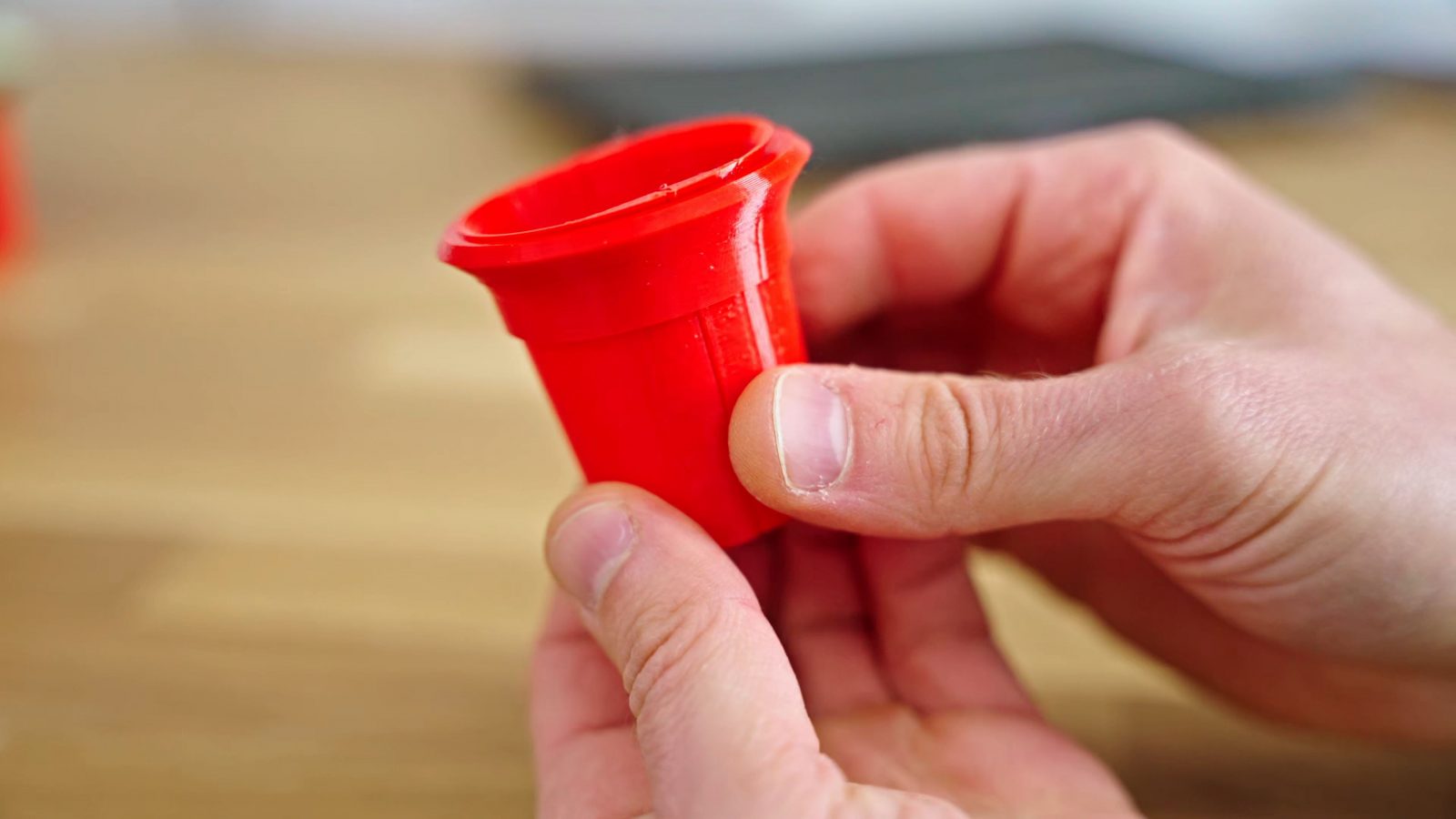
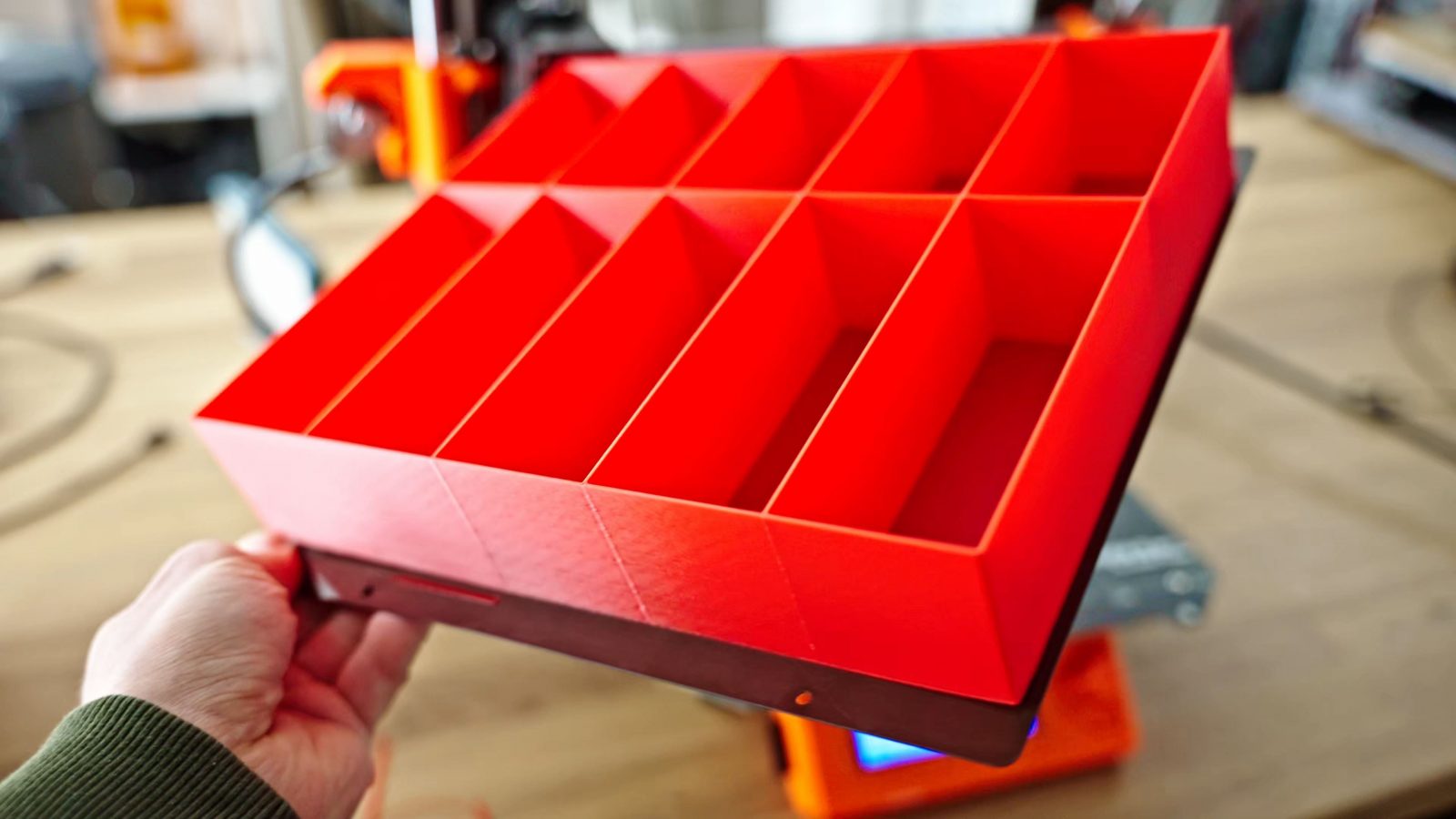
Sure, there are other automated tools like laser cutters, CNC routers, knife plotters, that all are capable machines in their own right, but each one of those is much more specialized than a 3D printer. And yes, when it comes to functional parts like cases, brackets, adapters, you can make many of those parts that you would print / just by hand using basic tools, too, but making more than one can be tedious and small adjustments to the design often require starting over with the laborious process of crafting the part from scratch. On a 3D printer, you can make any adjustments you need on your computer and then just reprint it as often as you want.
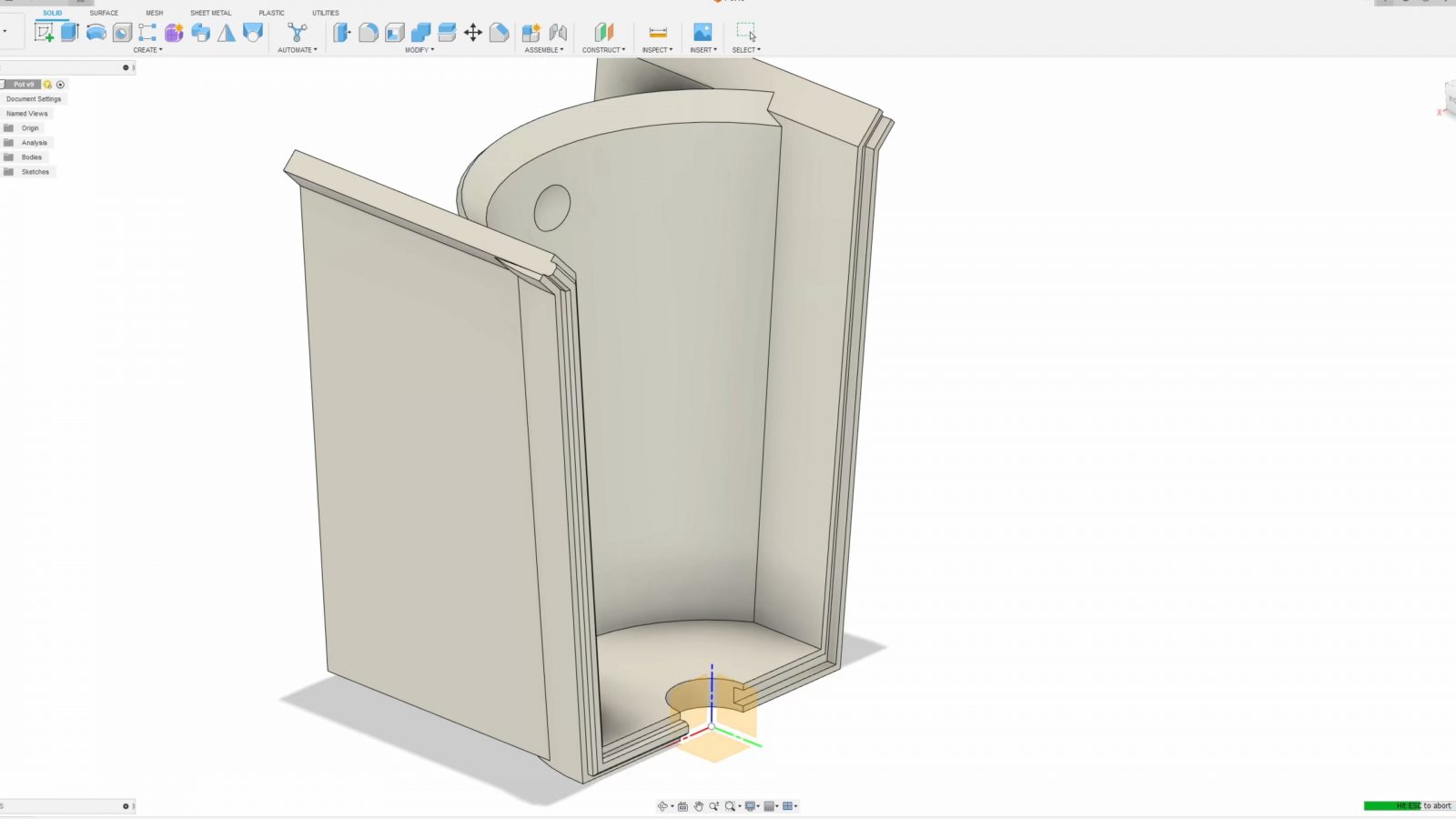
And don’t underestimate the capabilities that printing plastic parts gives you – there’s a pretty wide range of filaments available if you’ve got a filament-based printer or resins if you’ve got /-/ a resin printer, and not only can the parts be much stronger than you’d intuitively expect based on what you’re used to from cheaply made, mass-produced parts, but there’s also different materials available that are either especially tough, rigid, flexible, heat-resistant, easier to print, self-extinguishing, you name it, there’s probably a material out there already.
And the parts are reasonably accurate and precise. Any half-decent printer can easily make parts that fit to each other and to existing parts, so screw holes or pop-in fits are totally doable.
And 3D printers aren’t just useful for mechanical stuff, that’s just what I happen to use them for the most, remember that design freedom I mentioned earlier? Well, whether it’s for decorations or for characters and art pieces you digitally sculpted yourself, the process of 3D printing might actually be the only viable option to transfer them into the physical world. And they’re going to look pretty cool, too, because not only are materials available with different mechanical properties, but also in basically any color and finish you want. Matte black? Sure. Sparkly purple? Absolutely. Metallic gold orange that’s actually a translucent red? Yeah.

Number two: It’s so much more than a tool. It’s a lifestyle. If you want it to be.
3D printers, of course, are machines that make physical parts, first and foremost. But because of their history of these being DIY and originally being developed by printing new and improved parts for the next generation on themselves, modding and improving printers has become its own entire subculture.
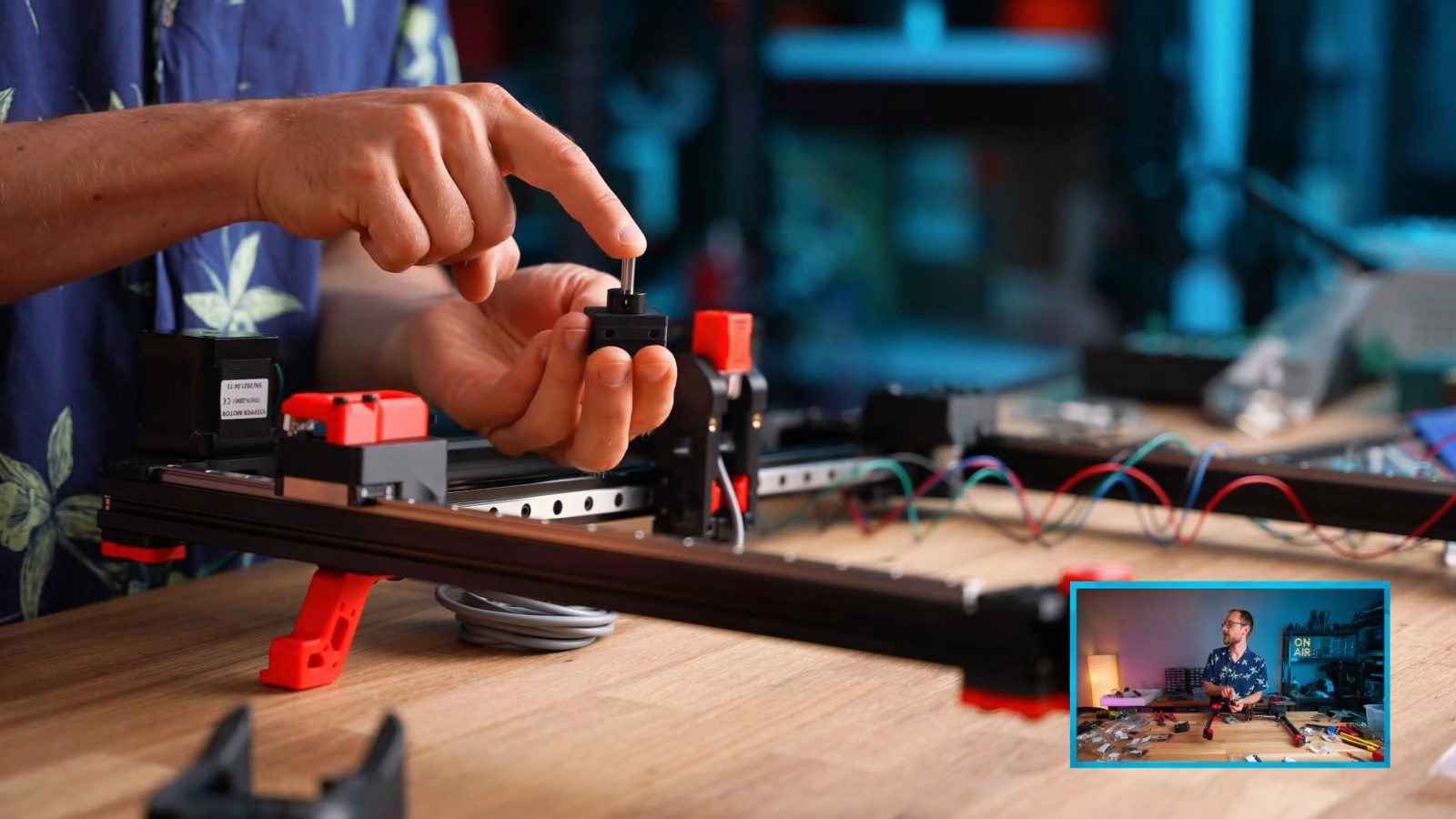
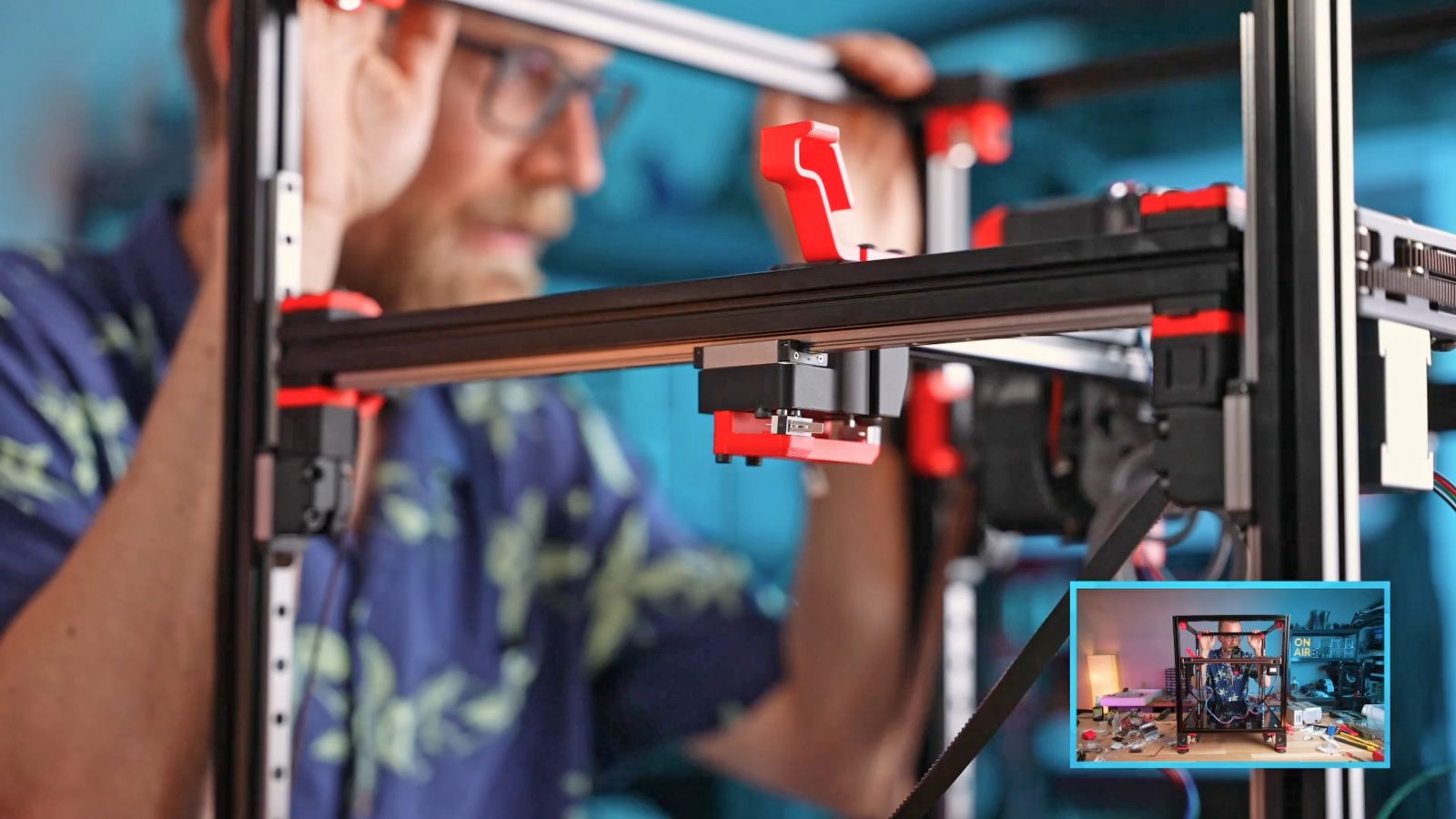
Yes, there are capable printers that will work great out of the box with zero modding and tweaking required, but on the same token, there are entire families of printers that pretty much only exist as a base to be modded, and where you’d typically already have a list of upgrades and improvements that you’d do before you even used it for its first real print. For every single part that even has the chance to be flawed in a super-low-cost printer, there’s already a dozen different upgrade kits available: It’s kinda like in the RC car world, where there are some standard platforms and you can tweak and change every bit to your liking.
And when tinkering with just one printer simply doesn’t do it for you anymore, there’s a whole world of scratch-built machines out there to explore – typically with features and capabilities that exceed what you could get off the shelf.
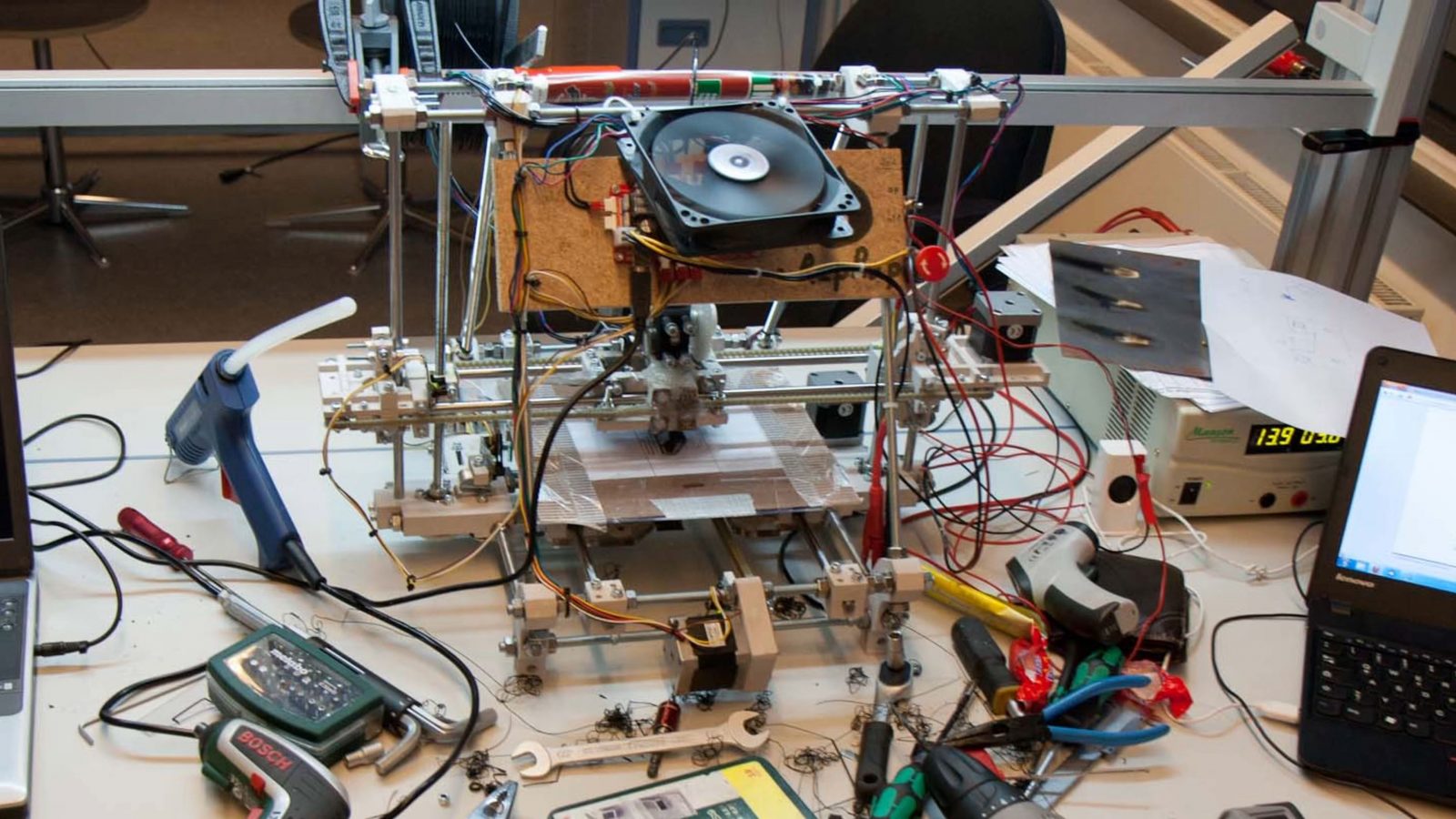
My first machine was a scratch-built one and I still do enjoy the experience of spending a couple of days sourcing and then building a brand new machine from individual parts. I should do that more often. There are so many options available now not just for the machine parts themselves, but also for software, configurations and accessories around the machine itself. And you can DIY a whole lot of them and learn tons in the process.

Number three: It’s a gateway hobby. To much harder stuff than just downloading an stl and throwing it onto your printer. Though that is pretty useful still.
No, but 3D printing has so many opportunities to peek into other skill sets and adjacent crafts and hobbies. The obvious one is CAD – Computer Aided Design – which for what I do is the tool that has the best synergy with 3D printing. Over the years, I’ve learnt to design anything from simple brackets to ridiculously complex projects in CAD that all eventually get printed and have a real-world use.
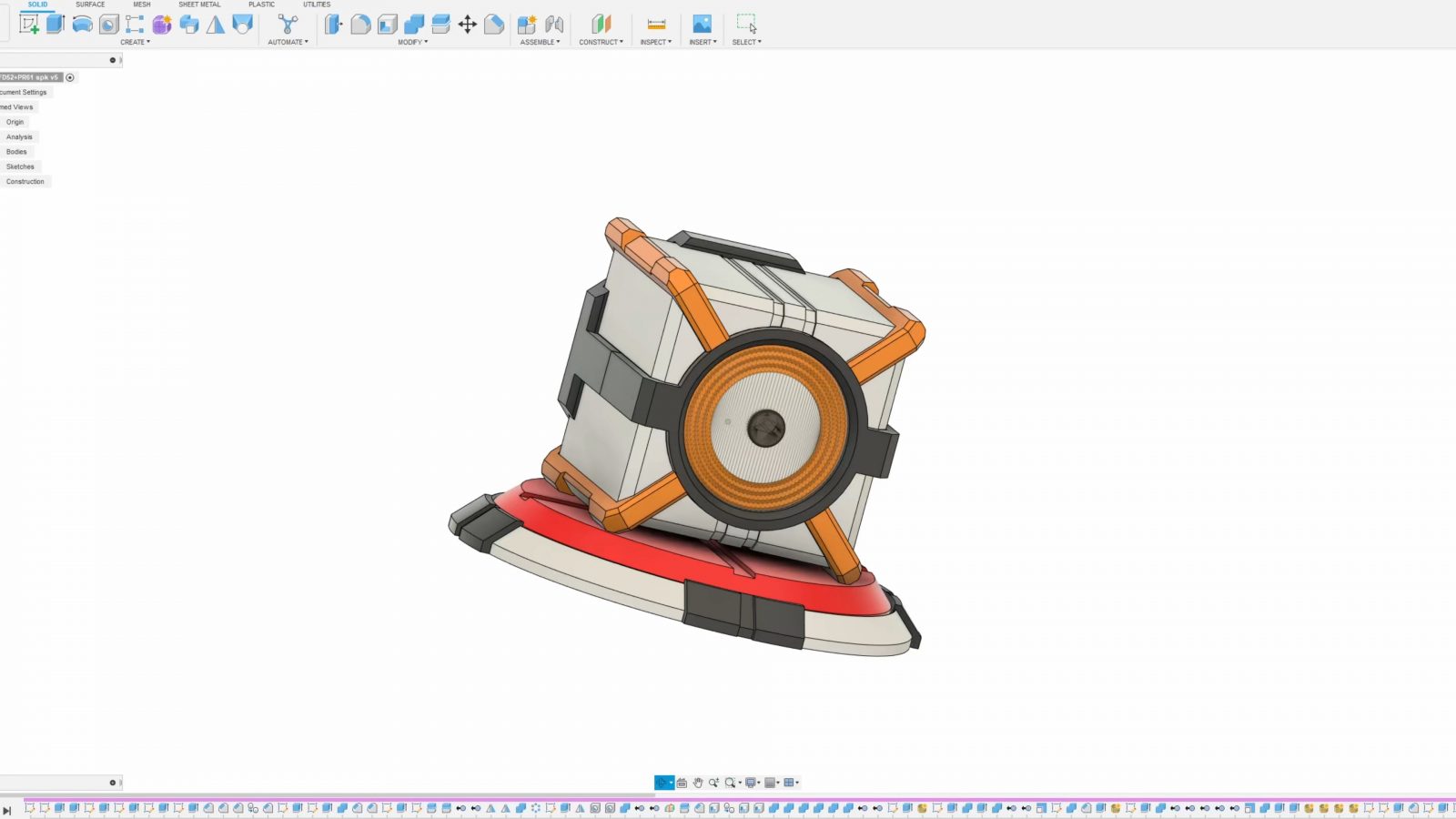
I’ve also dabbled in more art-focused 3D tools like Blender, and I’ve learned about 3D scanning and NeRFs and working with the data that that gives you.
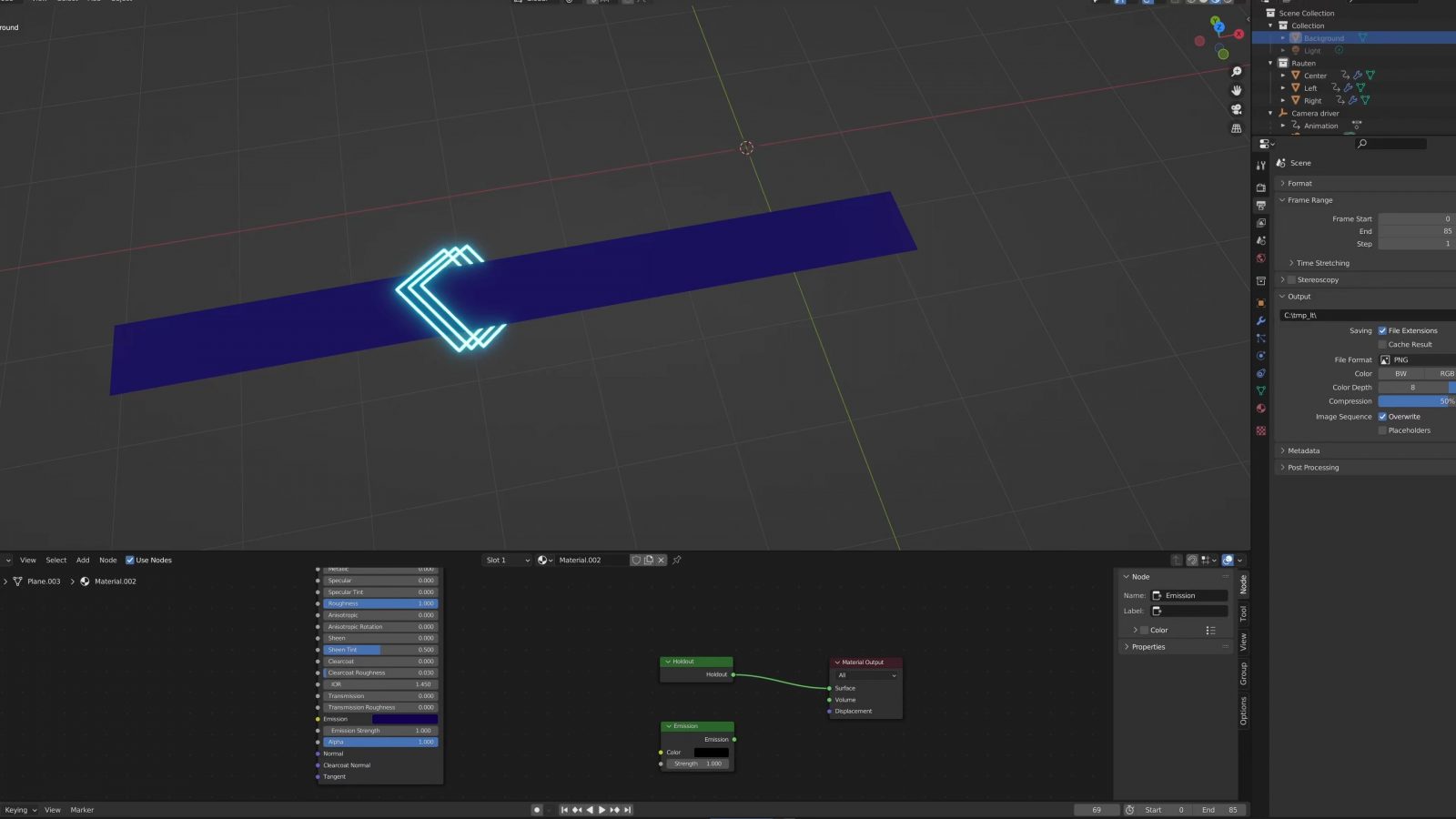
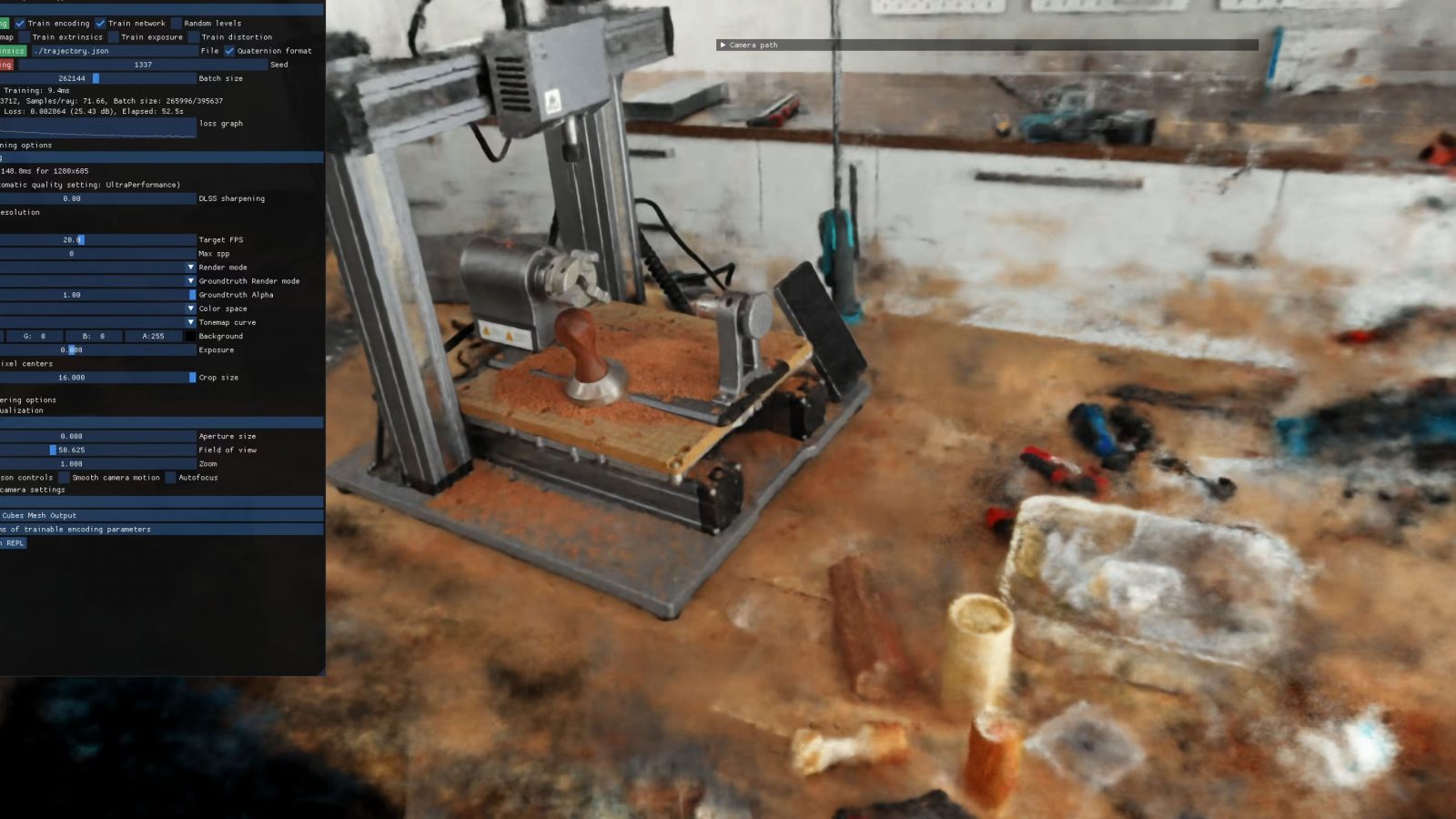
And that’s just the design side of things where just by exploring what’s there, you’ve naturally got so many contact points with adjacent tools and skills to what you’re already doing. When you’re messing with 3D printer configurations, you’ve also got the chance to dabble into programming, and since I’ve gotten into 3D printing, I’ve written tens of thousands of lines of code not related to 3D printing at all simply because it’s something that is interesting and useful to me.
And not only does 3D printing get you in touch with skills that are tangentially useful for 3D printing itself, but the process is also quite similar to what you’d need for other, more specialized manufacturing processes like CNC machining that I mentioned before.
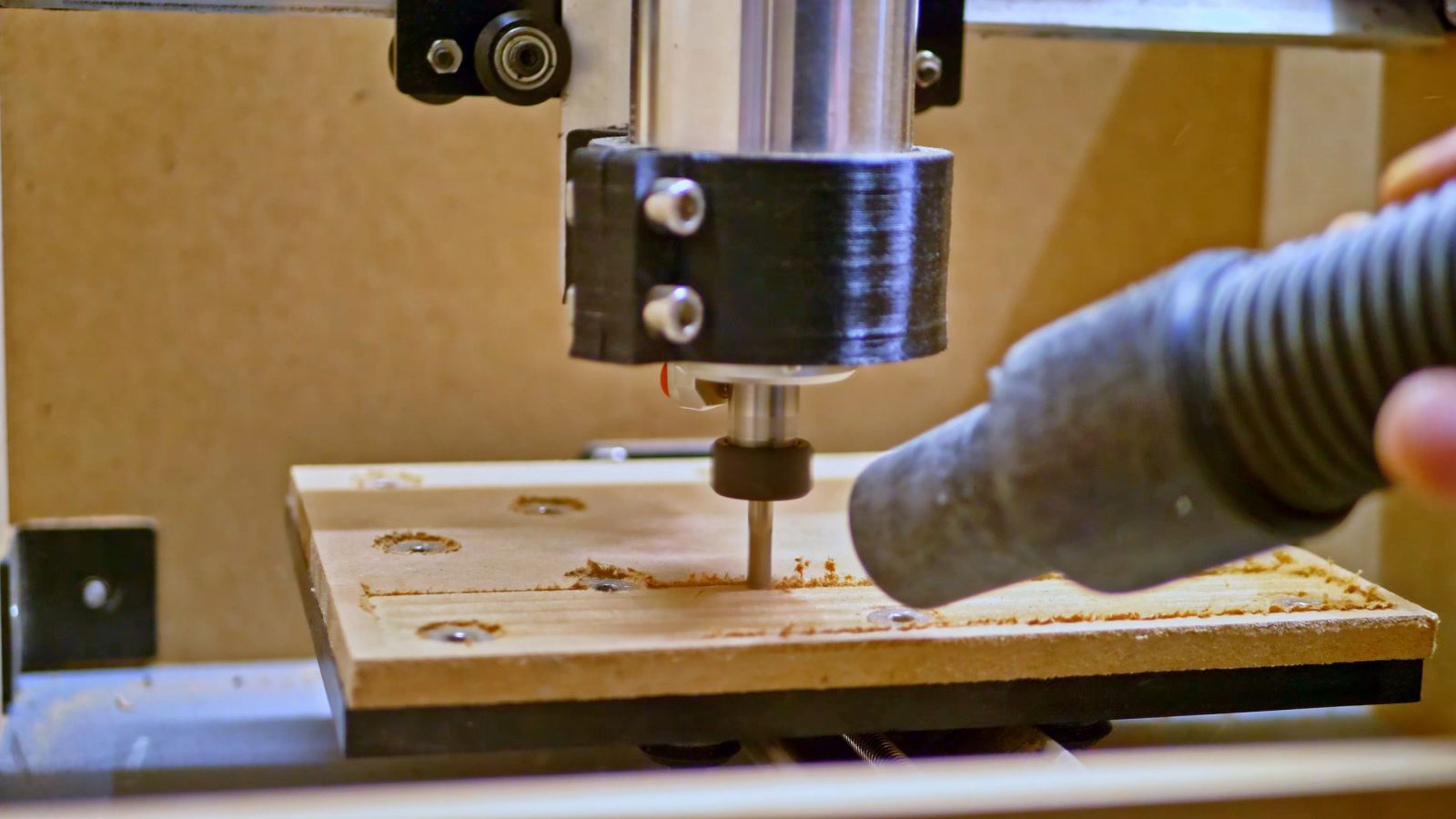
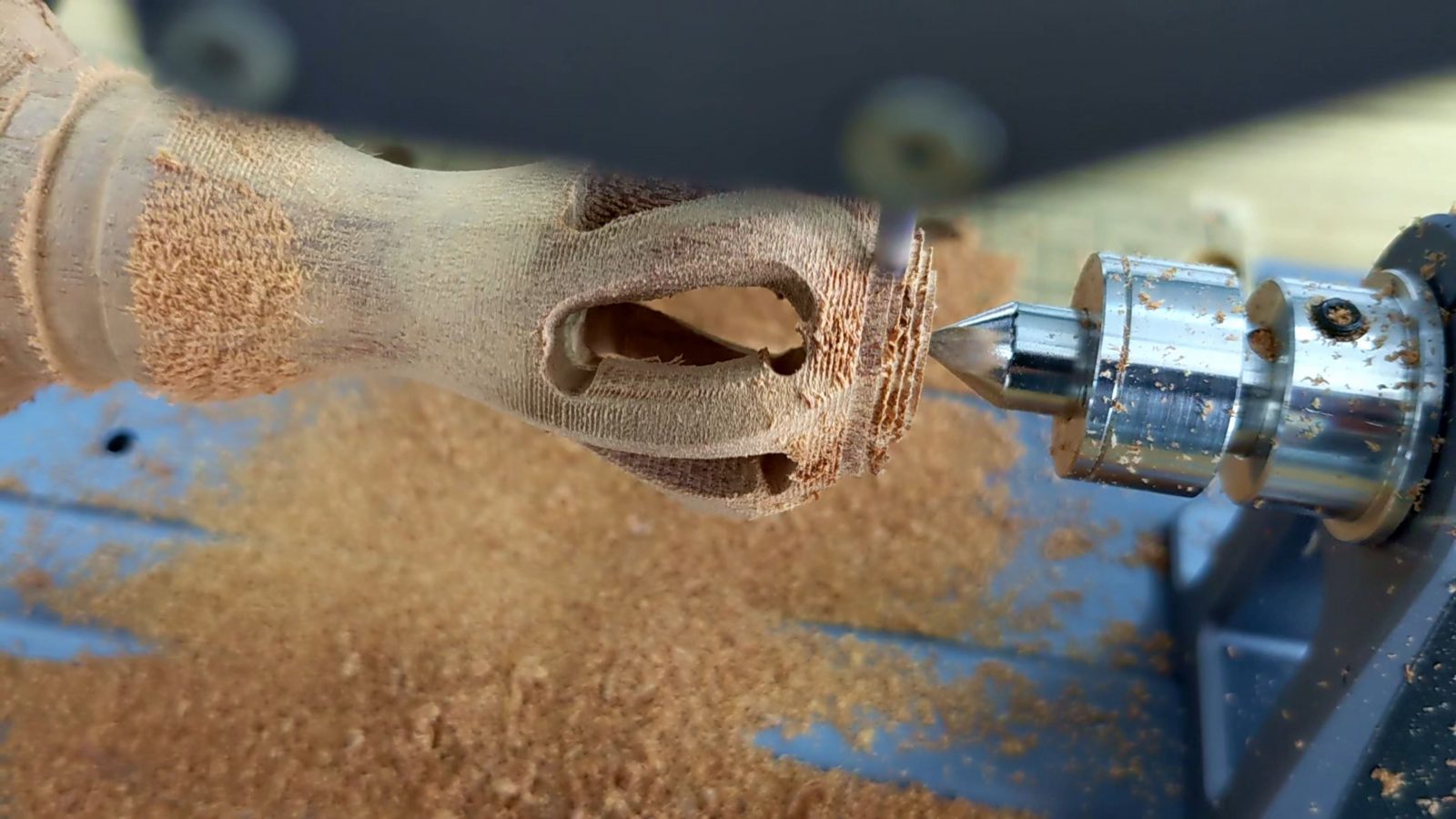
You’re not not going to be jumping onto a five-axis industrial CNC just because you’ve done a handful of 3D prints, but many of the concepts transfer over and at the very least give you a head start in understanding how everything works together.

Number four: It can be a very unobtrusive hobby or tool for lack of a better word. Three sub-reasons here: First, 3D printing is super cheap to get into and to sustain.
You can get a decent machine for 200 bucks, and then consumables are around 20 bucks per kilogram for filament, which even if you’re a regular printer user, can easily last you a month or longer – it’s a couple dozen small medium prints because these are mostly hollow, or about 75 of the ubiquitous 3D Benchies from a single spool of filament. Compare that to getting into Espresso, FPV drones, rock climbing, car modding or whatever else people do in their free time, and 3D printing actually comes out as quite budget-friendly, both in up-front and running costs.
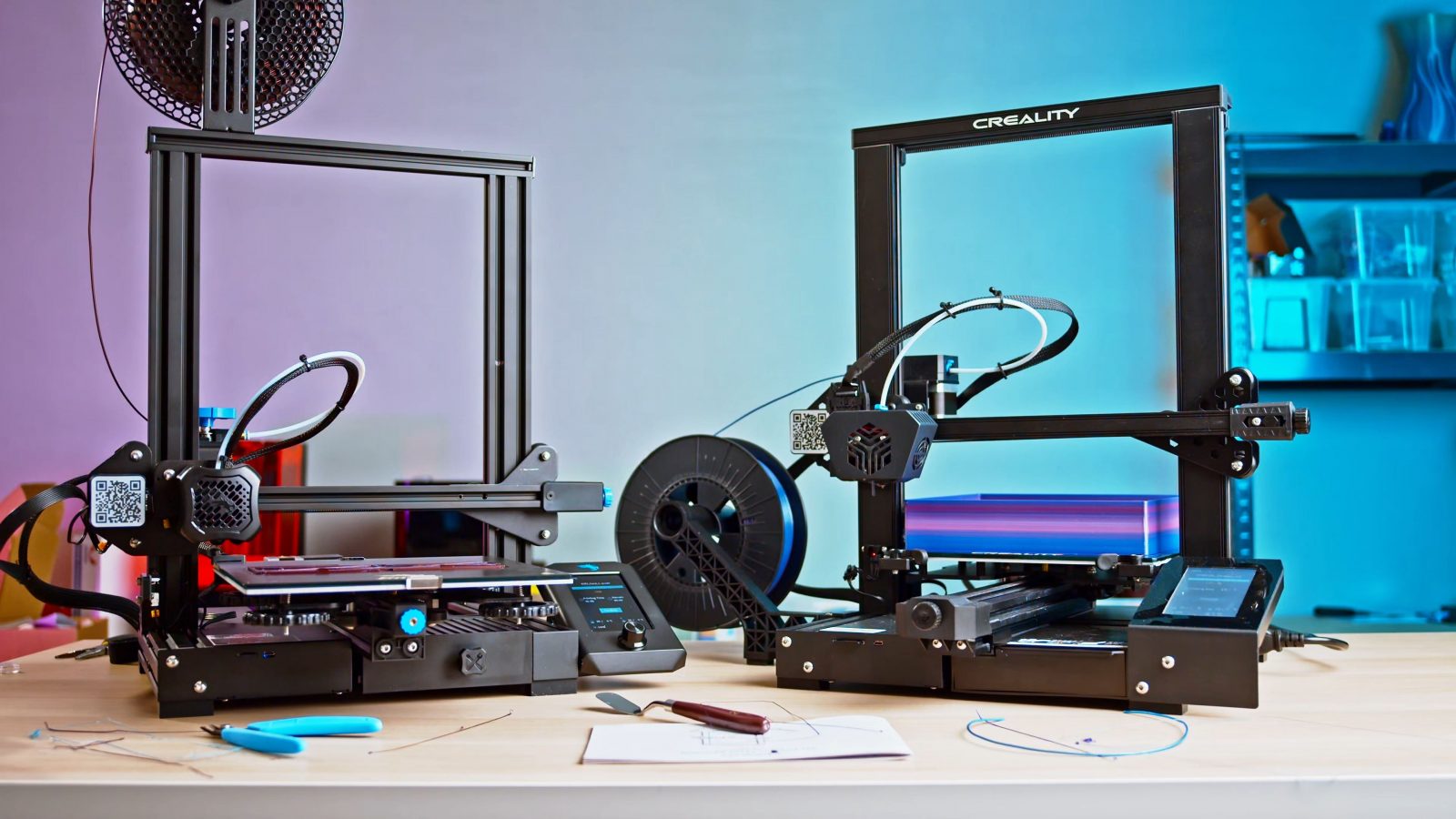
3D printing also isn’t particularly intrusive – you don’t need a ton of free space, the machines aren’t super noisy, and while you should have some ventilation and fresh air while printing, the smells that a printer working with standard PLA filament gives off aren’t particularly offensive – it’s like a warm, slightly burnt caramel almost.
And lastly, 3D printing, at least with filament, is a pretty clean process. There’s no dust, wood shavings, aluminum swarf flying around and almost all the material the machine consumes ends up in the part you’re making and the only bits that are free-range waste are the little nubs where the nozzle gets primed. Unless you end up cluttering your space with tools or prints, 3D printing itself is quite an orderly tool.

And number five: A 3D printer is flexible enough to still be useful after it has exceeded its useful life in its main occupation.
And that can be because you simply don’t care about 3D printing anymore at all or you’ve just upgraded to a new machine, but 3D printers by themselves are quite universal motion robots that can be converted to all sorts of tasks from pick and place to cooking utensils, and and the components they’re built from, being standard stepper motors, linear profiles, power supplies and freely programmable electronics, can live on to do new tasks in other projects.
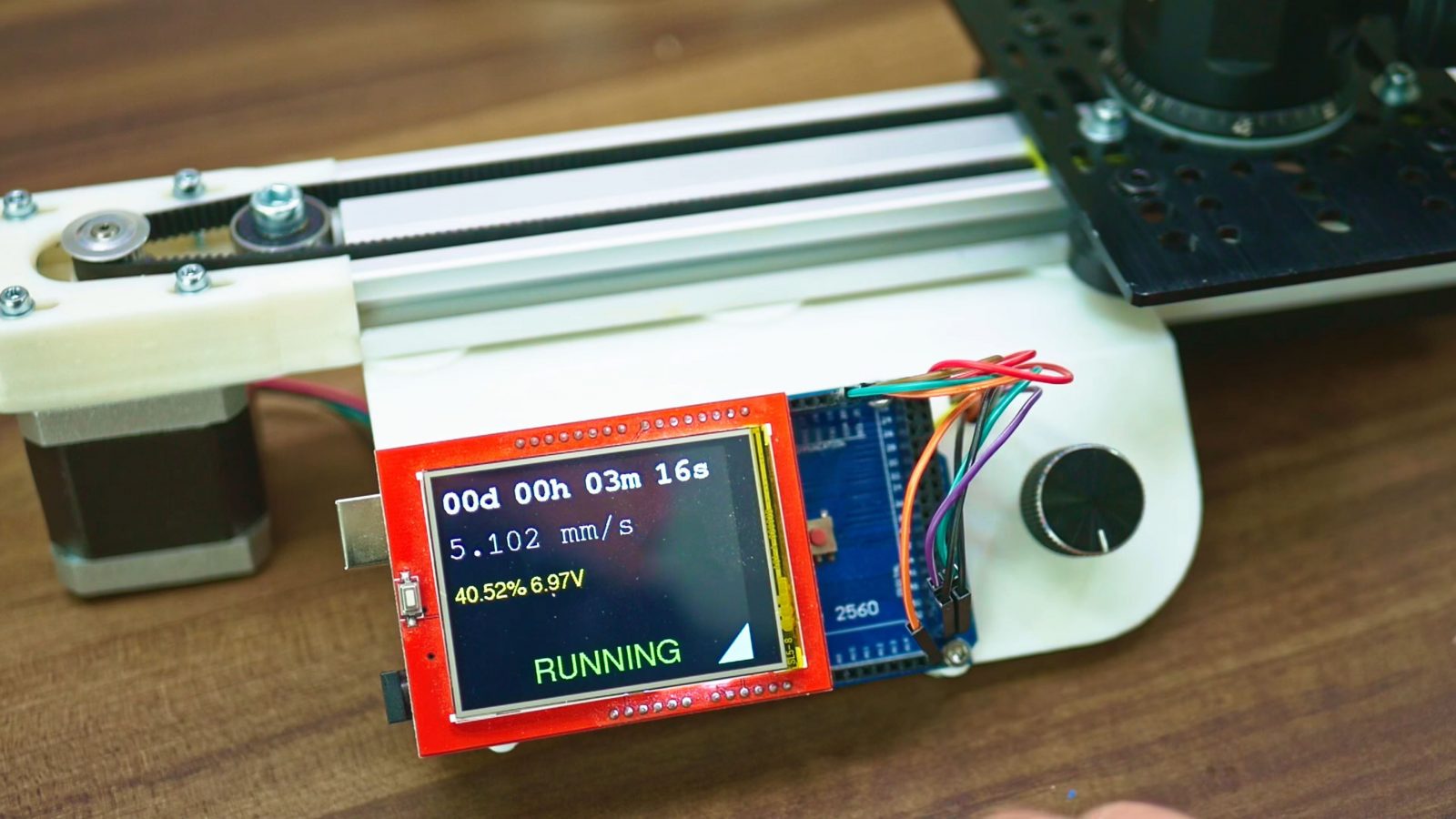
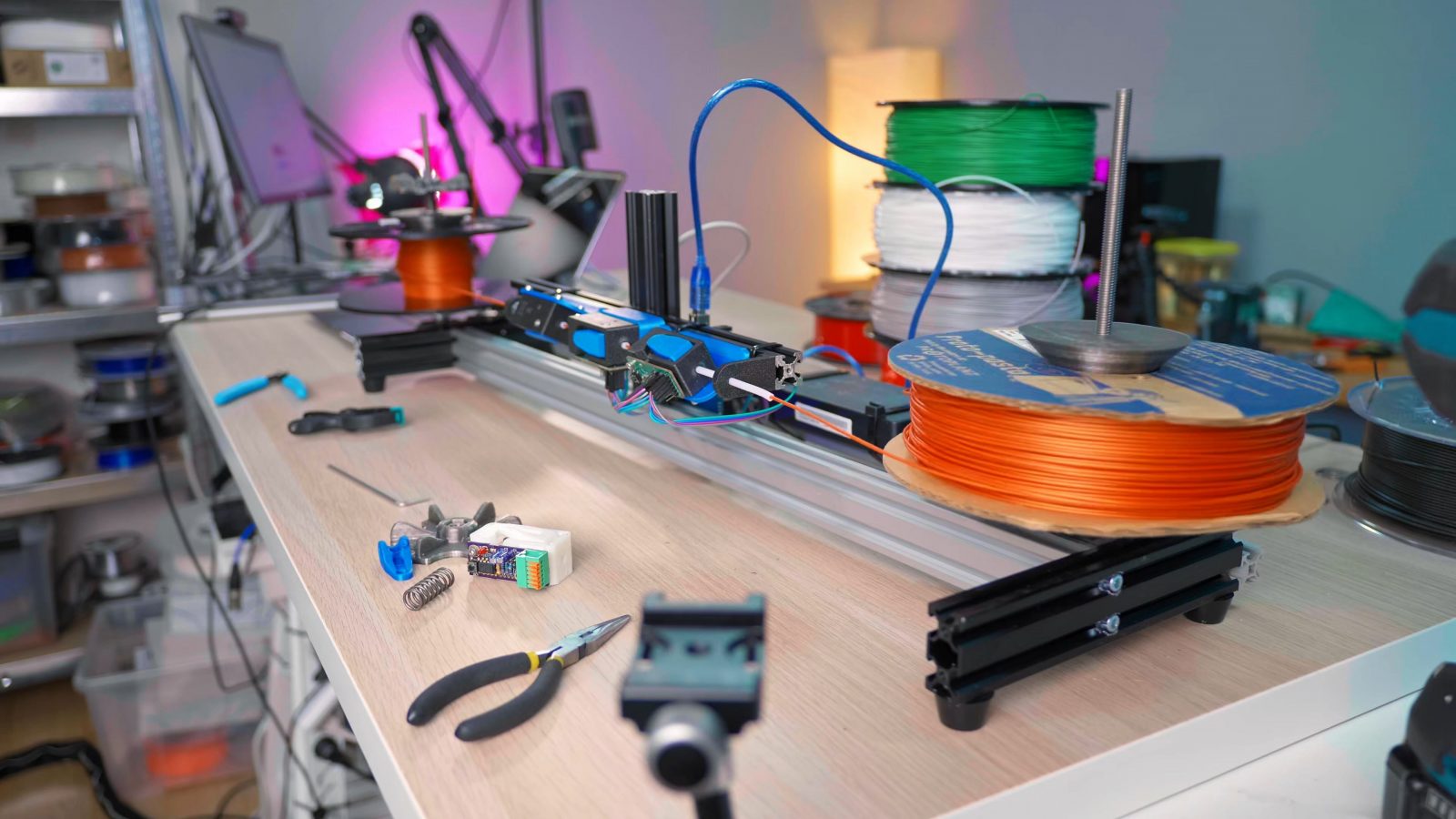
They’re pretty universal and I’ve used parts salvaged from old machines to make anything from camera sliders to filament measurement tools. In fact, I’ve seen projects that are specifically built around sourcing their parts from commonly available 3D printers.
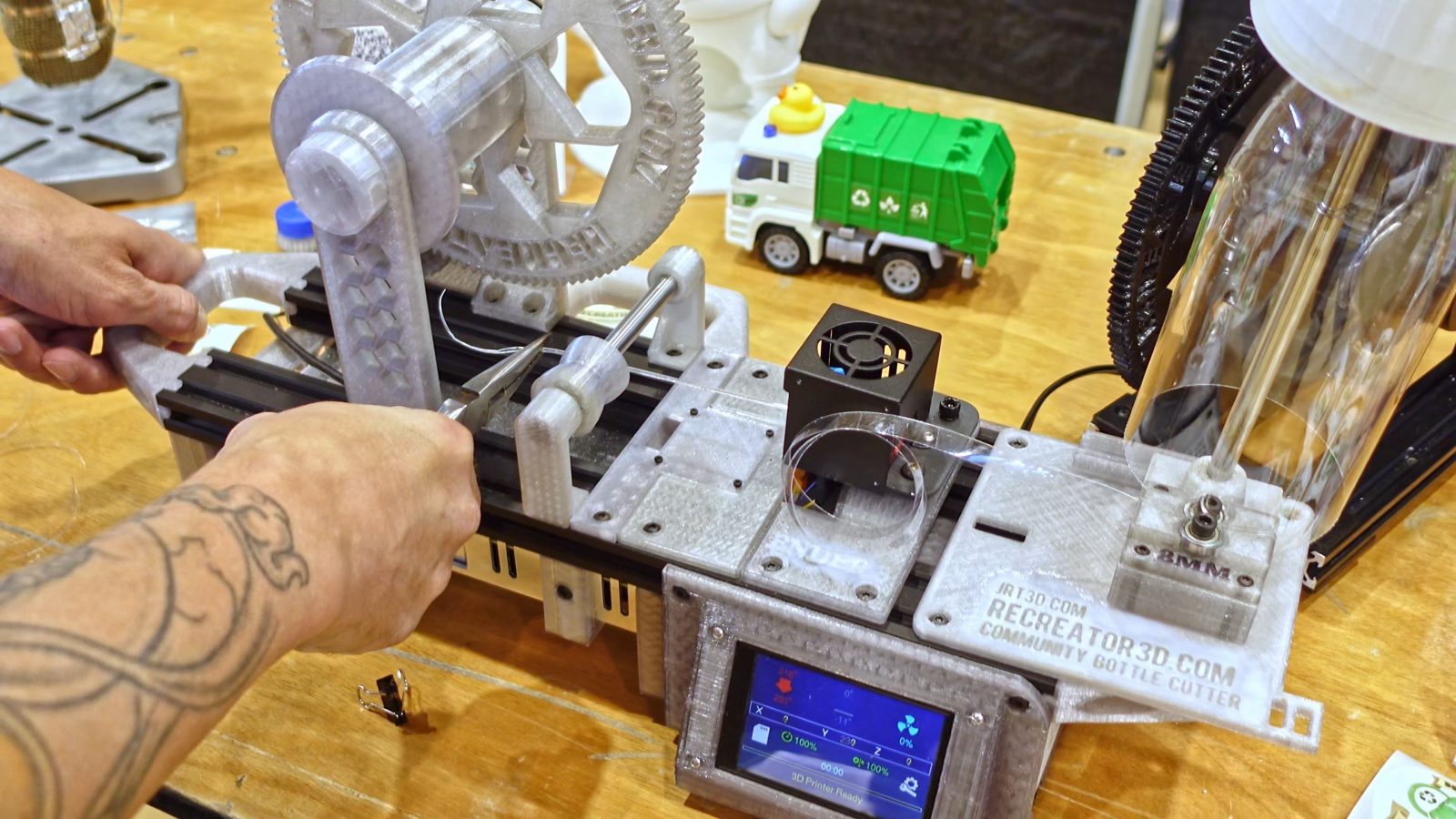
So that’s some of the top reasons why you should get a 3D printer, if I did convince you, there are some links in the description below to models that are highly regarded, alternatively, if you need some reasons to persuade you against getting one, here’s the video with five reasons why you should not get a 3D printer.
Thank you all for watching, hope this was interesting, as always, keep on making and I’ll see you in the next one.
Ender-3 Series as a tinkering base
Alternatively, the Elegoo Neptune series
Prusa MK series as plug-and-play machines
💙 Enjoying the videos? Support my work on Patreon!
Product links are affiliate links – I may earn a commission on qualifying purchases (at no extra cost to you)

Check out my second channel “More Layers” on YouTube for livestreams
